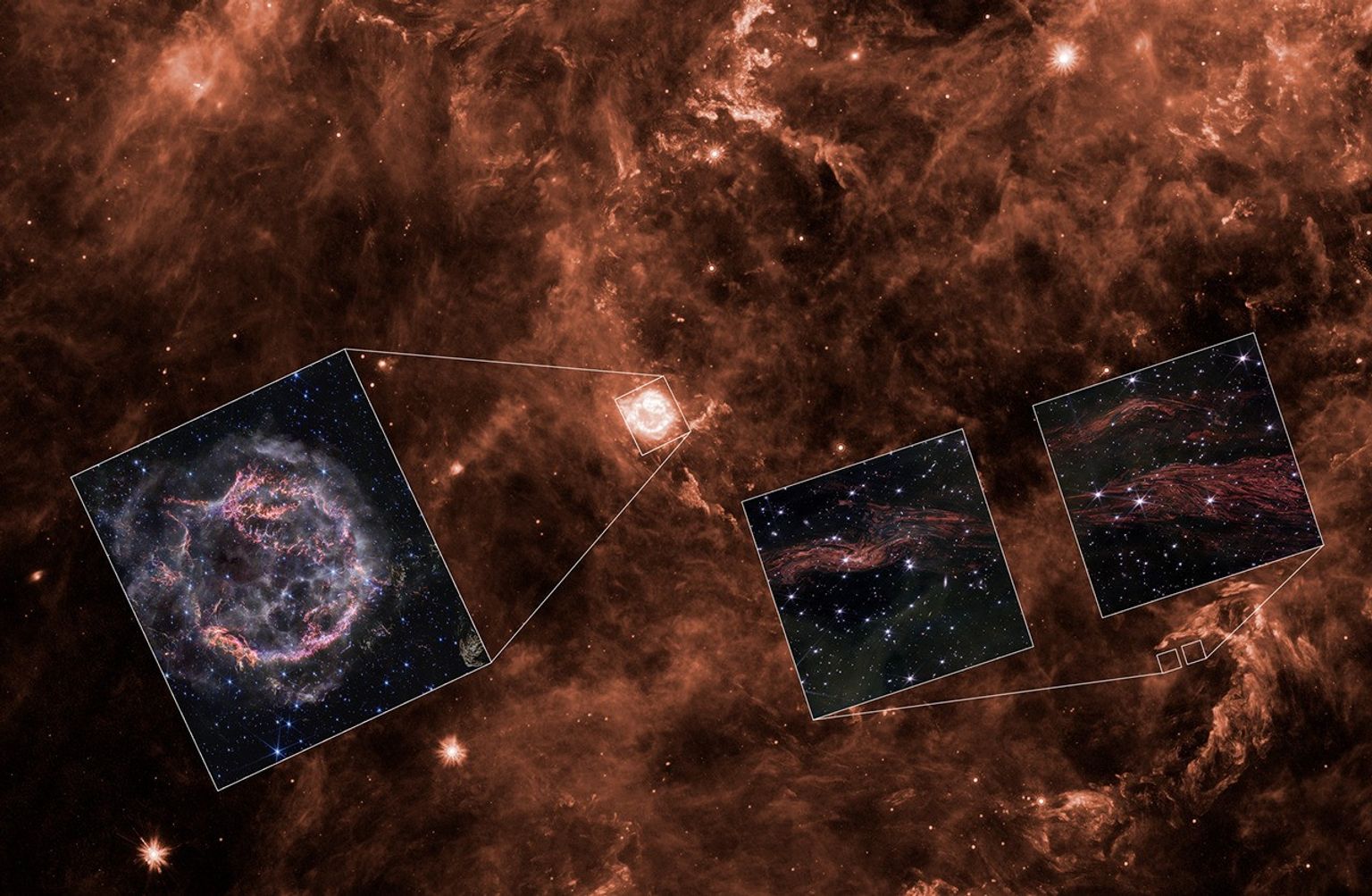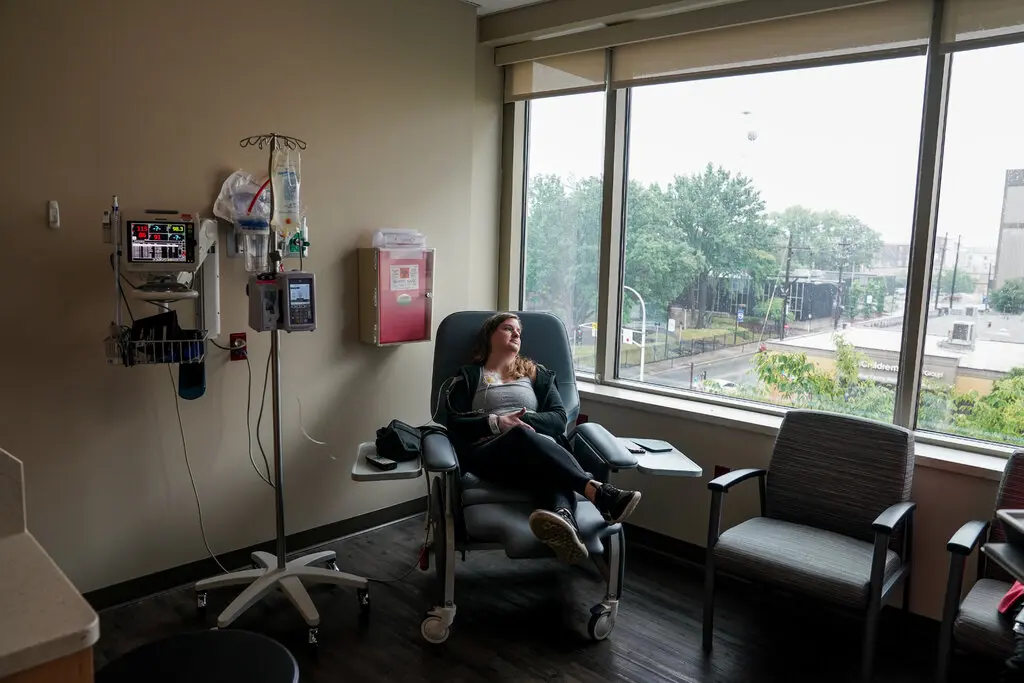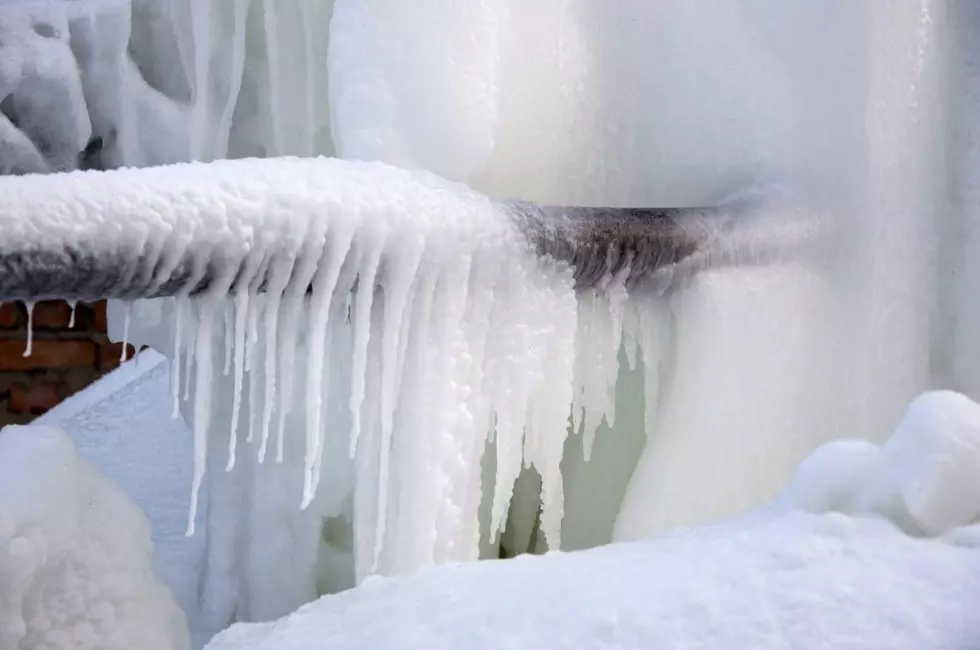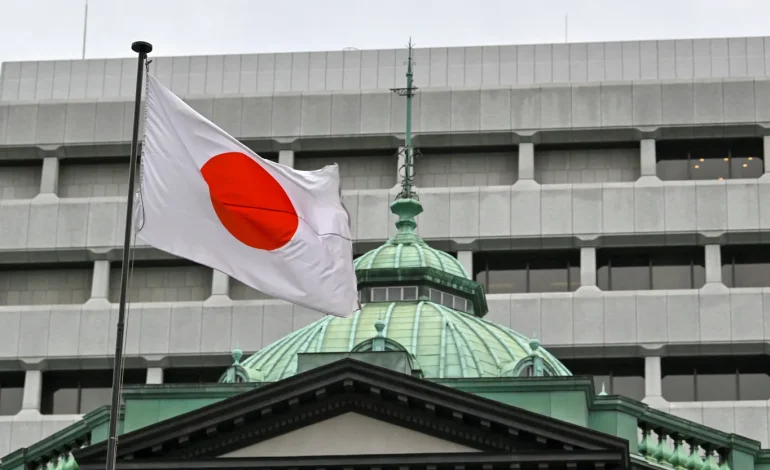The Bank of Japan (BOJ) maintained its benchmark interest rate at approximately 0.25% following a two-day meeting on Friday.
This marks the highest rate since 2008 as the central bank seeks to transition from its long-standing ultra-easy monetary policy without adversely affecting the economy.
The decision aligns with expectations from economists surveyed by Reuters, although many anticipate another rate hike before the end of the year. In its official statement, the BOJ acknowledged that while Japan’s economy is recovering moderately, there are signs of weakness in certain areas. The central bank expressed confidence that economic growth would continue to exceed its potential rate as income and spending dynamics improve.
The BOJ also indicated that core inflation, excluding fresh food prices, is projected to rise through the fiscal year 2025, suggesting room for ongoing monetary tightening. Recent data showed Japan’s core consumer price index increasing by 2.8% year-on-year, consistent with estimates.
In response to the BOJ’s decision, yields on 10-year Japanese government bonds dipped slightly, while the yen remained stable at around 142.52 against the dollar. The Nikkei 225 index continued its upward trajectory, reflecting investor sentiment following the central bank’s announcement.
Governor Kazuo Ueda noted that the BOJ remains prepared to raise interest rates if economic conditions and inflation align with the bank’s forecasts. However, he also emphasized the need for caution given global economic uncertainties, particularly regarding the US economy’s outlook.
Despite recent upward pressure on prices, analysts from Moody’s Analytics warned that any rate hikes could potentially dampen growth and contribute to broader economic challenges. The BOJ’s rate decision comes at a critical time, just ahead of the Liberal Democratic Party’s leadership election scheduled for September 27, which is expected to usher in a new prime minister.









